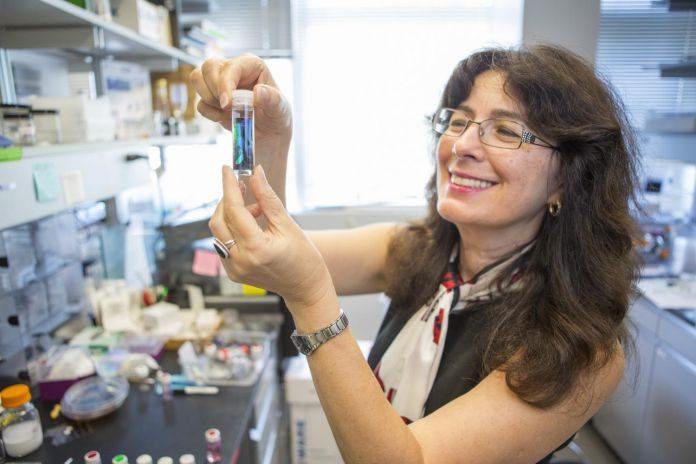Validere Company from Harvard University developed a new liquid fingerprinting technique. This technology performs fast, in-field characterization of the chemical design and material properties of unknown liquids. This novel technique has the potential to be used in important applications in industry and government.
The company wants to make Watermark Ink (W-INK), the licencesed technology into the pocket size device that could be used by first responders or by officials. Through this, they can instantly detect chemical spills, or to confirm the fuel grade of gasoline right at the pump. As compare to other liquid identifying technique, this novel technique is cheap, fast, and portable.
The company’s W-Ink technology exploits the chemical and optical properties of nanostructured materials. This if for differentiating liquids by their surface tension. While experimenting, the detector change color when litmus paper comes in contact with liquid with a particular surface tension.
Aizenberg said, “This idea advanced swiftly through Harvard thanks to an organic system that facilitates progress from discovery to application. We first developed the technology from basic research in my lab at SEAS. The Harvard Office of Technology Development (OTD) guided and supported our commercialization strategy through its Physical Sciences and Engineering Accelerator. Out of this virtuous cycle of innovation Validere was spun off with a viable commercial product.” (Aizenberg is Professor of Chemistry and Chemical Biology and Director of the Kavli Institute for Bionano Science and Technology.)
Ian Burgess, co-founder said, “Many people are trying to make small hardware. But miniaturization often turns out to be the easy part. What’s difficult, and what our solution does, is to simplify the readouts to a level that you don’t need a technician to interpret the results. Anyone in the field can immediately know, on the spot, how to respond to a sampled liquid.”
W-Ink performs two biological systems to get a tunable device with properties. These properties allows it to change colors when it comes in contact with certain liquid. The wings of some species of butterfly owe their brilliant colors to structure rather than pigment. That means, the surface of each wing contains networks of tiny pores, the size of which determines the perceived color. Meanwhile, brittle stars, starfishes can change color from black to white by modulating the position of pigmented cells inside lens-like, light-focusing structures arranged in an array across the star’s back.
Scientists developed a small decoder by combining all these mechanisms. Through this they can visually acknowledge to liquid infiltration into chemically modified porous structures. The decoder has small size, so that it can easily fit in the palm of the hand and performs without electricity. These devised surface properties collaborate with liquids. Thus, it changes the interfacial chemistry of test strip, which instantly causes corresponding color changes or markers to appear.
Now, scientists are taking efforts to upgrade the sensing capabilities. Burgess is leading Validere’s development of software and an interface device that will translate visual test results into recommended action for handling identified liquids. The device will matches with disposable strips to hold customizable field test kits that can be tailored to identify virtually any liquid or liquid mixture.
